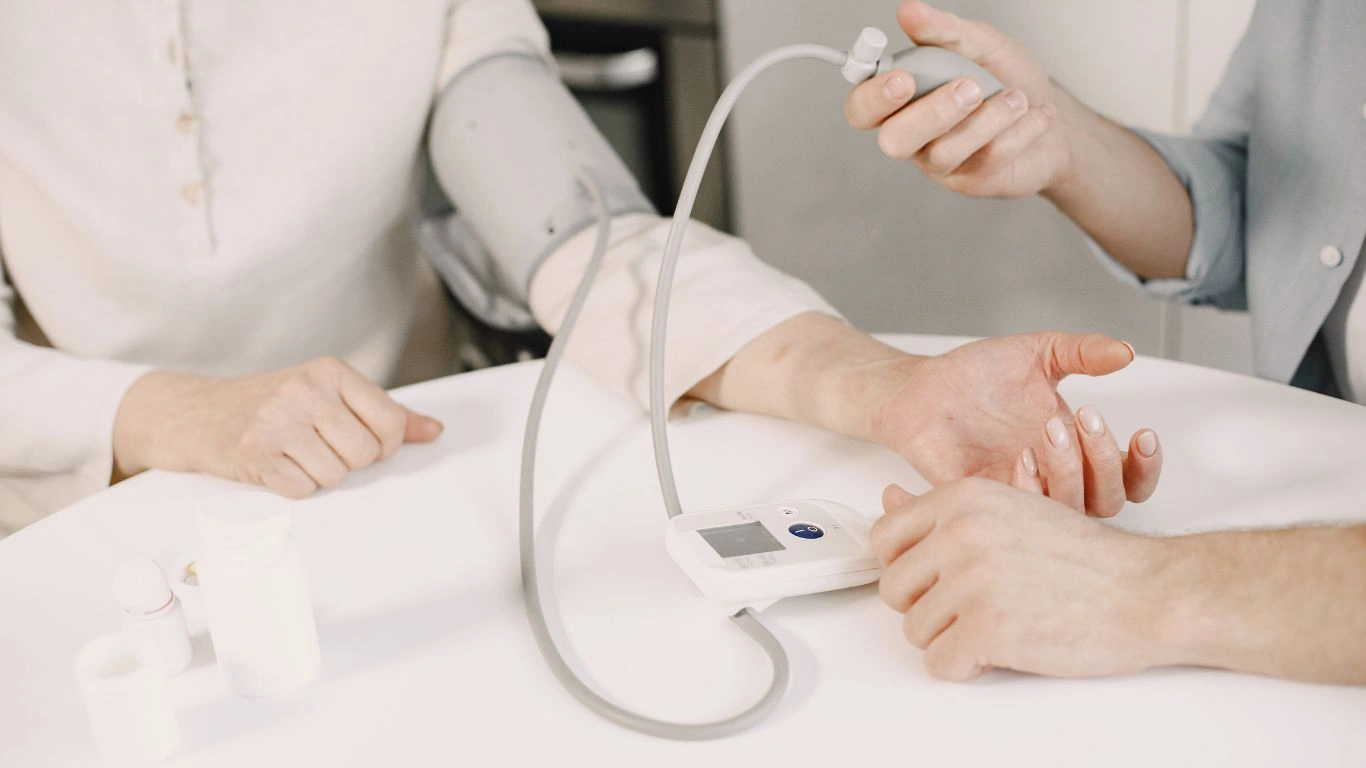How Peppermint Tea Affects Blood Pressure: Natural Relief or Risk?
When patients ask me about natural ways to manage their blood pressure, one question I hear more often than you’d expect is, “How does peppermint tea affect blood pressure?” It’s not just trendy health blogs bringing this up—my own patients, from busy professionals to retirees managing their meds, are curious if this refreshing herbal tea can truly make a difference. And let’s be honest, as an Internal Medicine physician who’s spent years managing hypertension, I totally get the curiosity. After all, sipping a warm cup of peppermint tea seems a lot more appealing than dealing with side effects from certain medications, right?
Understanding the Connection: How Peppermint Tea Affects Blood Pressure
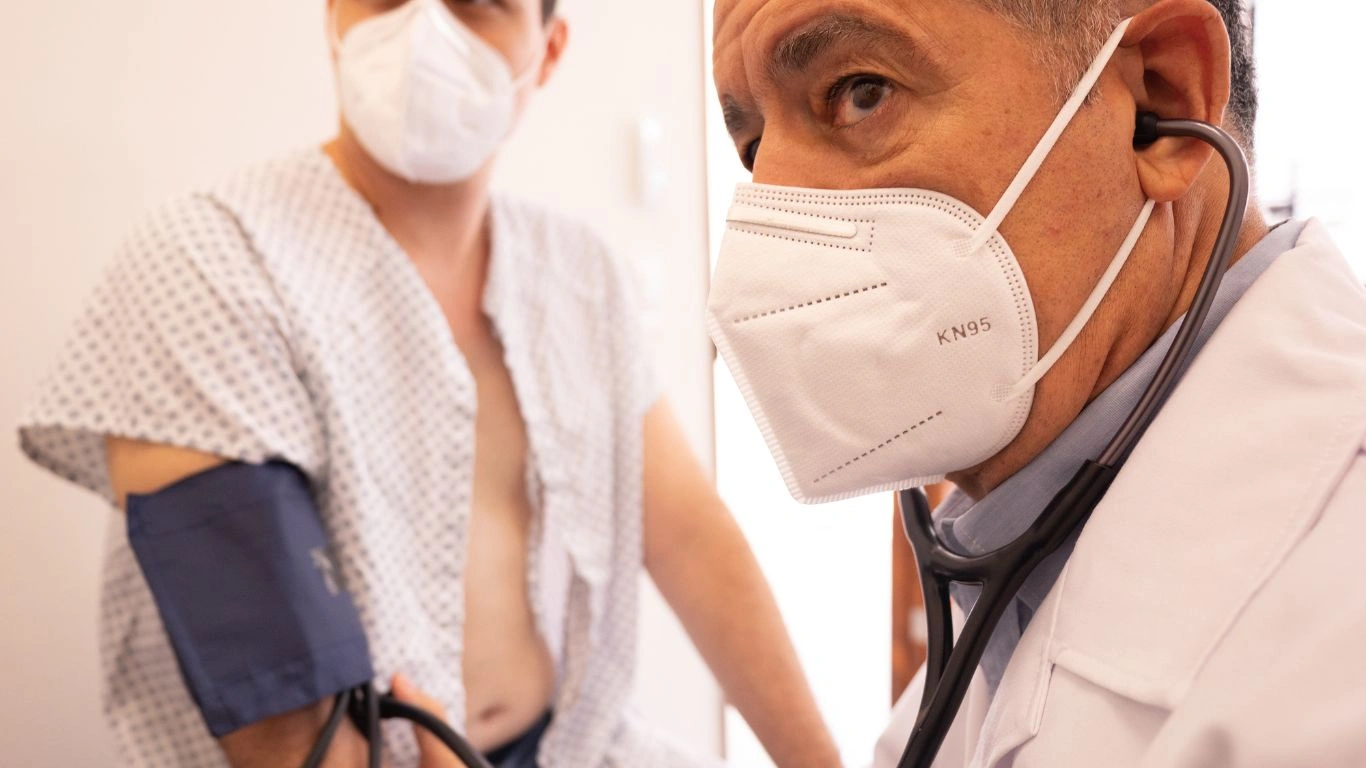
Peppermint, or Mentha piperita if we’re getting botanical about it, is known for its cooling flavor and soothing properties. But its relationship with blood pressure? That’s where things get more nuanced. There’s no one-size-fits-all answer here—and that’s what makes it such a fascinating topic for both physicians and patients.
As someone who routinely helps patients navigate the complex world of hypertension—from medication titration to lifestyle tweaks—I can say with confidence: herbal remedies can complement traditional treatment, but they’re not magic bullets. Peppermint tea is a great example. It’s not just about what it does, but how it fits into the broader context of a person’s cardiovascular health.
What’s in Peppermint Tea That Could Influence Blood Pressure?
Peppermint leaves contain a cocktail of compounds, including menthol, flavonoids, and volatile oils. These naturally occurring substances interact with the body in subtle ways. Menthol, in particular, has been studied for its vasodilatory effects—meaning it may help blood vessels relax. That sounds promising, doesn’t it?
There’s also preliminary evidence suggesting peppermint may influence calcium channels in the blood vessel walls, potentially contributing to blood pressure regulation. Of course, this is early research territory, and I always remind patients to interpret these findings with a balanced mindset—not everything in a petri dish translates directly to our circulatory system.
My Clinical Experience with Herbal Approaches
I’ve had patients who swear by peppermint tea as part of their nightly wind-down routine. One of my long-term patients, a retired teacher, said she noticed her evening blood pressure readings were lower on days she had her “minty mug,” as she called it. While anecdotal, I do pay attention to those patterns. Clinical judgment isn’t just numbers and labs—it’s also about listening.
Still, I’ve also seen others who drank herbal teas religiously with little to no change in their BP logs. That’s the kicker—it’s individual. We can’t forget about the other variables at play: diet, stress levels, activity, medications, and even hydration status.
What the Research Actually Says
Scientific studies on how peppermint tea affects blood pressure are limited, but growing. Some small trials and animal studies suggest that peppermint oil can lower blood pressure due to its vasodilatory effects. One study observed a mild hypotensive effect after oral administration of peppermint extract in rats. Does this mean drinking tea will drop your systolic by 20 points? Not quite—but it’s still interesting.
There’s also the relaxation factor. I mean, sipping tea itself—peppermint or otherwise—often happens during a quiet moment, right? That act alone can trigger parasympathetic activity, reducing stress hormones and potentially nudging blood pressure down. So, sometimes, it’s not just what’s in the cup—but how and when you’re drinking it.
Other Benefits of Peppermint Tea That May Indirectly Support Heart Health
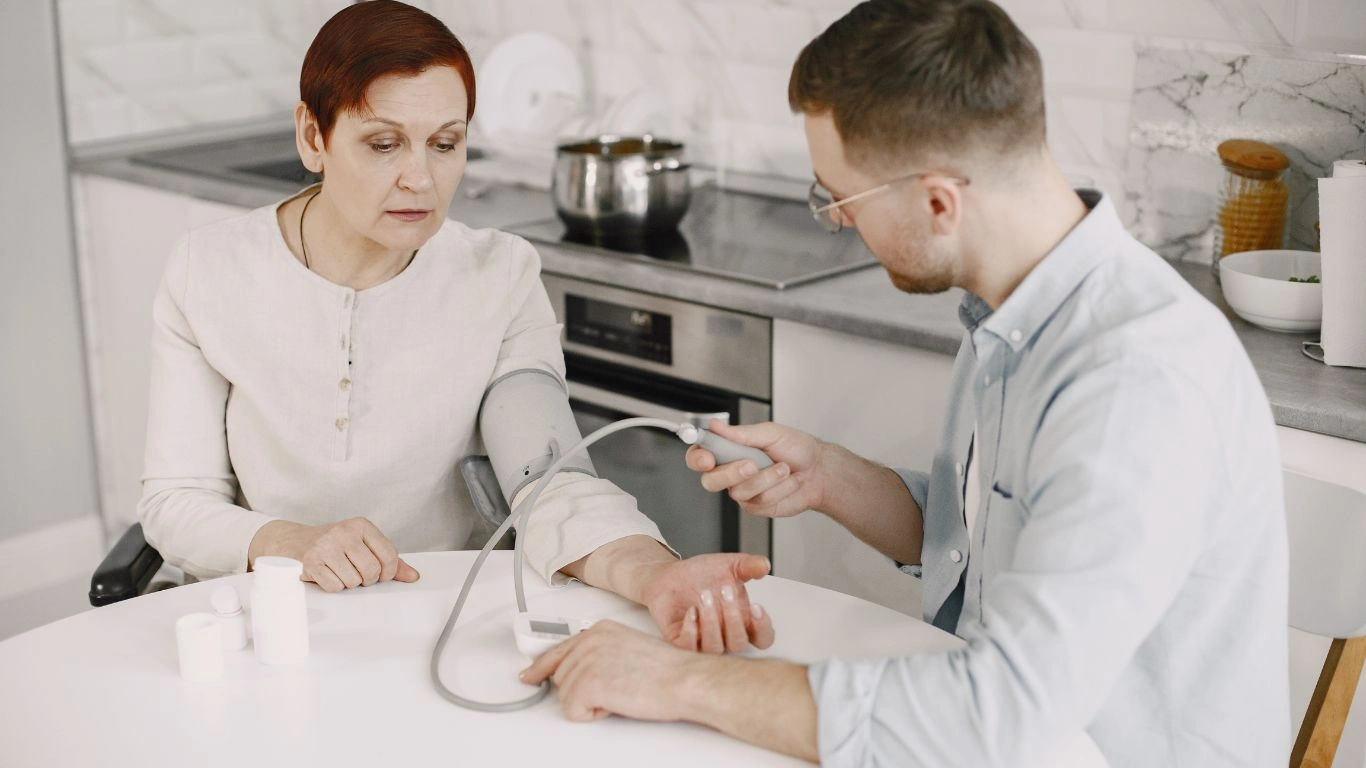
Even if peppermint tea doesn’t directly lower blood pressure in a clinically significant way for everyone, it might still play a supportive role. Here’s why:
- Digestive Support: By calming the digestive tract, peppermint can reduce bloating and discomfort—two factors that can indirectly impact overall wellbeing and stress levels.
- Stress Reduction: The menthol aroma itself has mild anxiolytic (anti-anxiety) properties, and less stress often equals lower BP.
- No Caffeine: Unlike green or black tea, peppermint is naturally caffeine-free. That’s great for patients who are sensitive to stimulants.
- Improved Sleep: Better sleep = better BP regulation. It’s not rocket science, but it works.
The trick is not to look at peppermint tea as a miracle remedy, but as a tiny piece of a much larger lifestyle puzzle. When paired with a DASH-style diet, regular movement, stress management, and medication compliance, it can be part of a holistic plan to keep blood pressure in check.
Common Misconceptions About Peppermint Tea and Hypertension
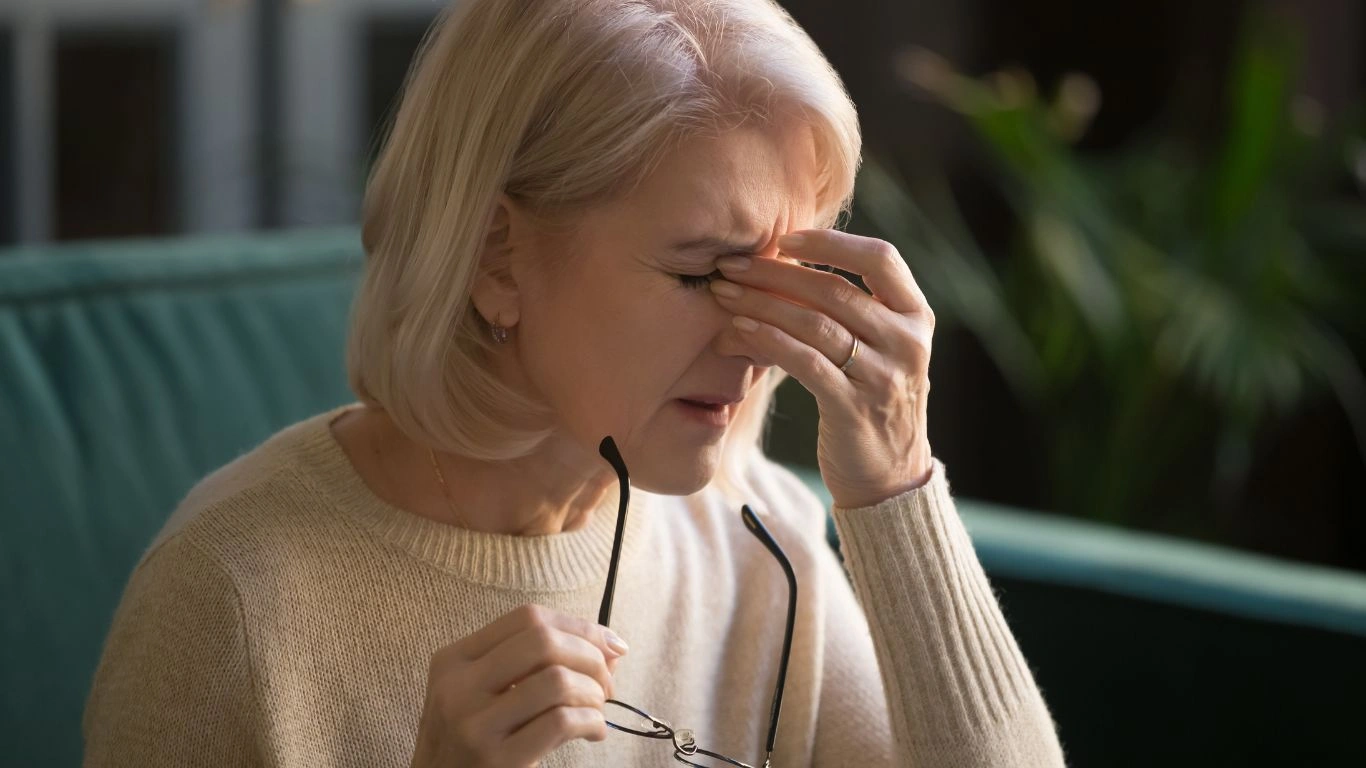
- “It’s totally safe for everyone.” – Not always. People with GERD or certain GI conditions might find peppermint irritating. Also, it could potentially interact with meds in high doses (though rare).
- “Natural means harmless.” – Nope. Even natural substances can affect the body in ways we don’t fully understand. Always loop in your healthcare provider.
- “If it works a little, more must be better.” – Actually, there’s no data showing that drinking gallons of peppermint tea amplifies its effects. Moderation is key.
From the exam room to your kitchen table, managing blood pressure is all about balance. And while peppermint tea might not be a prescription-grade solution, it’s certainly a pleasant—and potentially helpful—addition to a broader plan.
How to Use Peppermint Tea in a Heart-Healthy Lifestyle

Let’s talk real-life application. If you’re going to use peppermint tea intentionally to support heart health, especially as part of a hypertension management routine, it helps to be a bit strategic. I often remind my patients that how you incorporate something is just as important as what you’re incorporating.
For starters, peppermint tea can serve as a gentle, non-stimulating beverage during times you’d otherwise reach for something caffeinated or sugary. Swapping that afternoon latte or soda for a cup of minty tea? Small move, but those daily swaps do add up—especially when you’re watching sodium and processed sugars.
Ideal Times to Drink Peppermint Tea
- After meals: Helps with digestion, which is important for nutrient absorption and gut-heart connection.
- Evenings: Since it’s caffeine-free, it won’t disrupt sleep, and winding down at night can help curb nighttime blood pressure spikes.
- During stress-prone parts of the day: I’ve had patients bring a thermos of peppermint tea to work—way better than pacing in front of a vending machine.
Also, don’t overlook temperature. While hot tea tends to have a calming ritualistic feel, iced peppermint tea in the summer is a refreshing alternative to sugary lemonade. I often suggest experimenting to see which works better for your routine.
Dosage: How Much Is Too Much?
This comes up a lot. People assume that if a cup is good, five must be great. But here’s the truth: there’s no established therapeutic dose for peppermint tea in the context of blood pressure management. From my perspective, 1-2 cups a day is a safe, sustainable range. Go beyond that, and you might run into unintended consequences—especially if you have GI sensitivities or are taking certain medications.
One of my patients with IBS noticed that her reflux flared up with more than two cups daily. It’s not universal, but it happens. So my advice? Start small, observe how you feel, and adjust accordingly. You don’t need to overdo it to reap the calming benefits.
Who Should Be Cautious About Peppermint Tea?

Just because something is herbal doesn’t mean it’s universally safe. As a physician, I always advocate for individualization—what works for one person might not be ideal for someone else. Here are a few groups who might need to approach peppermint tea with caution:
- People with GERD or acid reflux: Peppermint can relax the lower esophageal sphincter, worsening symptoms in some cases.
- Pregnant individuals: While generally regarded as safe in moderation, some sources suggest avoiding high doses due to uterine relaxation effects (the research is mixed, but better safe than sorry).
- Those on calcium channel blockers or antihypertensives: While rare, there’s a theoretical risk of additive blood pressure-lowering effects. I always recommend looping in your primary care provider or cardiologist before going all-in.
- Patients with significant kidney disease: Not because peppermint itself is harmful to kidneys, but because every new addition to a restricted diet deserves review.
Also, avoid teas labeled “peppermint blend” without checking the ingredients. Some mixes include stimulants or added licorice root, which can raise blood pressure in sensitive individuals. Always check those labels—or better yet, go for single-ingredient organic peppermint.
What About Peppermint Essential Oil or Extracts?

I’ve had patients ask whether taking peppermint oil capsules or adding drops of essential oil to water will yield faster or stronger blood pressure benefits. Please don’t. Essential oils are highly concentrated and not meant for internal use unless under professional guidance. There’s a big difference between sipping a diluted tea and swallowing straight oil—trust me, your GI tract won’t thank you.
There’s also the safety concern. Inhaling peppermint oil via a diffuser for relaxation? Sure, as long as it’s in a well-ventilated space and you’re not prone to respiratory sensitivity. But ingesting it for blood pressure control? That’s not a practice I’d endorse.
As for peppermint extract—the kind used in baking—it doesn’t offer the same health-supportive context as the tea form. It’s usually used in tiny amounts and often contains alcohol. Stick to brewed leaf tea for wellness purposes.
Personal Tip: My Go-To Recipe
Okay, here’s something from my own kitchen. When I want something calming that still feels like a treat, I brew a strong peppermint tea and add a slice of fresh lemon and a few drops of manuka honey. Not only does it taste amazing, but that combo offers a little antioxidant bonus, too. It’s my personal wind-down ritual after a long clinic day—and yes, I’ve recommended it to more than a few patients.
Putting It All Together in Clinical Practice
From the clinic chair to the kitchen counter, understanding how peppermint tea affects blood pressure is about integrating both research and real-world patterns. I’ve seen how something as simple as a daily tea ritual can help patients feel more in control of their health—and that sense of agency often does more than we realize.
It’s also a great entry point into broader lifestyle changes. If a patient starts by swapping one unhealthy habit for a cup of herbal tea, they’re often more open to revisiting their diet, getting a little more movement, or consistently tracking their BP readings. And from a physician’s lens, that kind of momentum matters.
What’s beautiful about peppermint tea is that it sits at the intersection of science, habit, and self-care. And when it comes to managing hypertension—especially in a sustainable way—that combination can be surprisingly powerful.
Practical Tips for Patients: Making Peppermint Tea a Smart Habit
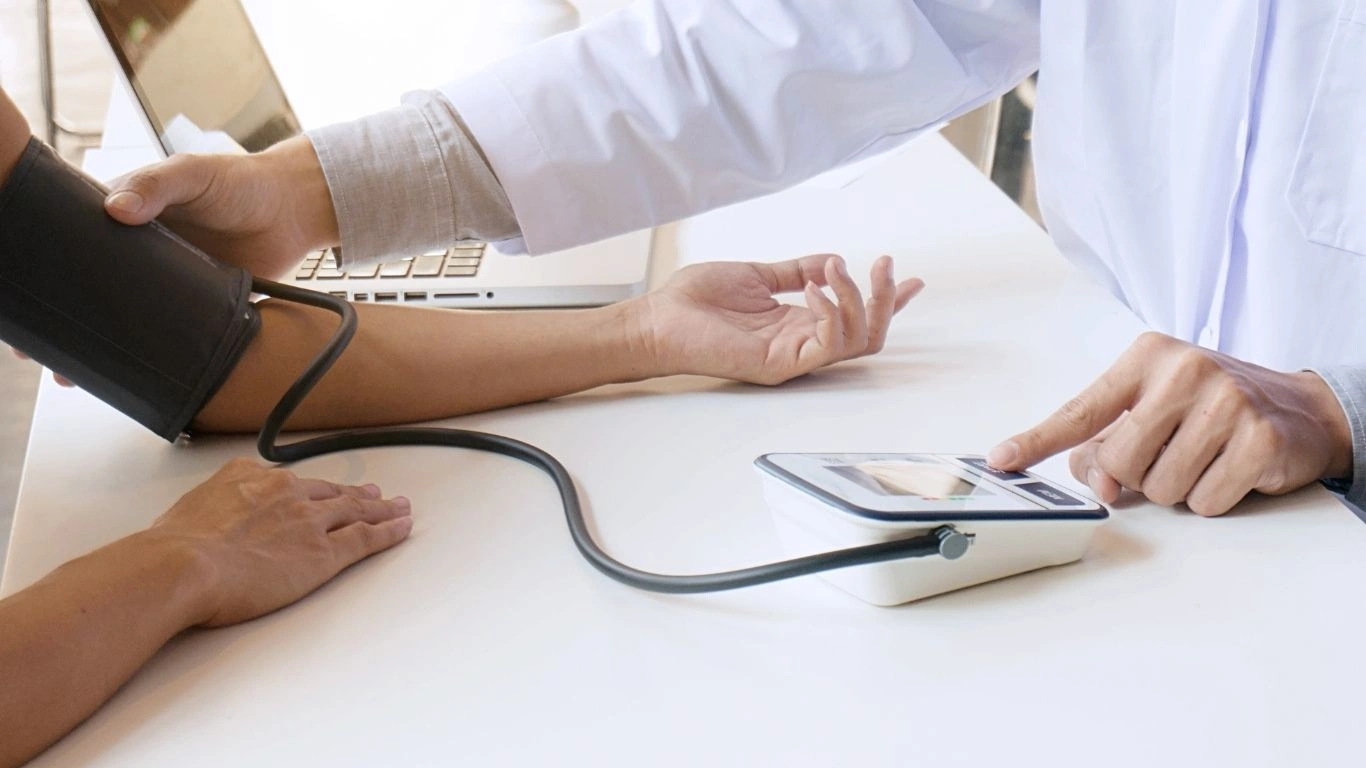
By now, it’s clear that peppermint tea won’t replace your ACE inhibitor or magically normalize blood pressure overnight. But it can become a gentle, supportive tool—especially when used intentionally and as part of a broader self-care approach. I’ve had plenty of patients ask, “So, how do I actually use this in a way that makes sense?”
Here’s the advice I usually give from my exam room chair, whether I’m talking to a newly diagnosed patient or someone fine-tuning their regimen after years of managing hypertension.
Smart Ways to Add Peppermint Tea into Your Routine
- Start with consistency: If you’re experimenting with peppermint tea, give it at least a week or two of consistent use. One random cup isn’t going to tell you much.
- Pair it with relaxation: Whether it’s meditation, journaling, or a short walk, coupling tea with a stress-lowering habit amplifies the benefit.
- Monitor your response: If you’re checking your BP regularly (and you should be), make a note of how you feel and if there’s any trend when drinking the tea. I’ve seen subtle improvements in evening readings among my patients who’ve made it a habit.
- Make it your “pause”: Sometimes the biggest gift peppermint tea offers is the reminder to slow down. I’ve told stressed-out professionals to treat it like a mental break. No emails. No scrolling. Just breathe and sip.
What matters most isn’t whether peppermint tea drops your BP by 5 points on the spot—it’s whether it becomes a healthy anchor that nudges you toward better habits over time.
How Peppermint Tea Compares to Other Herbal Teas

Peppermint tea is just one option in the herbal world, and as someone who’s spent years helping patients make practical lifestyle changes, I think it’s helpful to see where it stands among other common teas:
| Herbal Tea | Known for | Effect on BP |
|---|---|---|
| Peppermint | Cooling, soothing, digestive aid | Mild relaxation, possible vasodilation |
| Hibiscus | Bright, tart flavor; high in antioxidants | Strongest research for BP-lowering effects (NIH) |
| Chamomile | Calming, promotes sleep | Reduces stress-induced BP spikes |
| Green tea (decaf) | Rich in catechins, antioxidants | Mixed results; can support endothelial health |
Each tea has its own benefits, and there’s no need to pick just one. In fact, rotating between them can be a great way to keep your routine enjoyable and nutritionally diverse. The key, again, is consistency and mindfulness around what your body responds to.
Answering Common Patient Questions
“Can I drink peppermint tea if I’m on blood pressure medication?”
In most cases, yes—but always check with your provider first. I haven’t seen major issues in practice with 1-2 cups per day alongside standard antihypertensives. But if you notice dizziness or sudden dips in pressure, scale back and discuss it with your care team.
“Is peppermint tea dehydrating?”
Not at all. Unlike coffee or heavily caffeinated teas, peppermint tea is naturally hydrating. In fact, it can be a smart way to boost your fluid intake, especially for those who struggle with plain water. Just don’t rely solely on tea—balance it out with regular H2O.
“Can it replace my BP meds?”
Short answer: No. Longer answer: Natural remedies can support your regimen, but they shouldn’t replace it—especially without medical guidance. I’ve seen patients land in hypertensive urgency situations after deciding to “go all natural.” Don’t gamble with your heart health. Integrate wisely, don’t replace recklessly.
My Final Take as a Physician
Here’s the honest, no-fluff version from someone who’s seen the good, the bad, and the surprising in hypertension care. Peppermint tea isn’t a cure, but it is a comfort. And in medicine, comfort often has more therapeutic value than we give it credit for.
I recommend it not because it’s a miracle, but because it’s a habit that encourages people to slow down, hydrate, breathe, and care for themselves. And that—combined with evidence-based treatment—is how we get real, lasting blood pressure control.
If you’re considering adding peppermint tea to your routine, be intentional. Track your progress. Be mindful of how your body responds. And of course, loop in your healthcare provider—because that’s where real personalized care begins.
References
Disclaimer
This article is for informational purposes only and is not a substitute for professional medical advice, diagnosis, or treatment. Always seek the guidance of your physician or qualified health provider with any questions you may have regarding a medical condition. The views shared are based on clinical experience and do not replace individualized medical care.

Dr. Gwenna Aazee is a board-certified Internal Medicine Physician with a special focus on hypertension management, chronic disease prevention, and patient education. With years of experience in both clinical practice and medical writing, she’s passionate about turning evidence-based medicine into accessible, actionable advice. Through her work at Healthusias.com, Dr. Aazee empowers readers to take charge of their health with confidence and clarity. Off the clock, she enjoys deep dives into nutrition research, long walks with her rescue pup, and simplifying medical jargon one article at a time.
